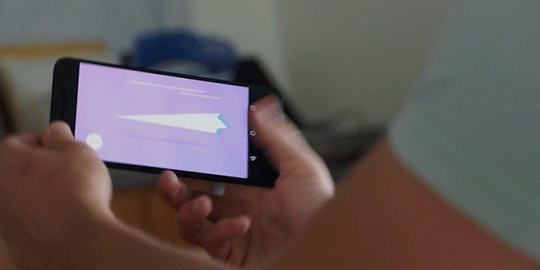Posted by Larissa Fontaine, Director, Global Head of Apps Business Development, Google Play
Almost three
years ago, we started the first of an ongoing series of developer events,
called Playtime, dedicated to educating partners on best practices and tools
available to improve their apps and games and grow successful businesses on
Google Play. It was originally a modest gathering that was held on our campus in
Mountain View, CA, but it has quickly grown to become one our premier developer
events of the year (outside of Google I/O) with a huge global footprint. We've
already been in London, Paris, Berlin, San Paulo, New Delhi, Moscow, Tel Aviv,
Tokyo, Seoul and more, just to meet directly with developers.
Today, Playtime is back in San Francisco after a long international run! On stage, we'll recap some of our recent efforts to invest in new areas that go beyond the smartphone, as well as announce new tools and highlight the major progress of recently launched features that help developers increase user engagement and make more money.
Extending beyond mobile devices
We live in a multiscreen world and people want to enjoy Android apps on the their phones, and many other devices. That's why we have been extending Google Play to go beyond the smartphone, enabling new app and gaming experiences while on the go, on a chromebook, in the living room and immersed in virtual reality.
The new Daydream device platform is going to be available soon and will come with a Google Play Store filled with high quality VR apps. Android Apps are now available in beta on a few Chromebook devices (same Android apps that currently run on phones and tablets). And we recently announced a developer preview of Android Wear 2.0 which introduced Google Play for Wear. This makes it easier for users to discover and install great apps that work directly on the watch.
Enhanced developer tools and programs
We continue to deliver the best tools for developers in the Play Developer Console to drive user engagement and increase revenue.
Offer new subscription promos
We know how important subscriptions are in helping you monetize and we're continuing to invest in features to support your subscription business. Subscriptions are the fastest growing business model on Play, with consumer spending in subscription apps increasing 10x over the last 3 years. Coming soon, you'll be able to create an introductory price for new subscribers for a set period of time. For example, you can offer a subscription for $1 per month for the first three months before the normal subscription price kicks in. Along with local/custom pricing and free trials already offered, introductory pricing will help you acquire more subscribers and grow your subscription business.
Build anticipation with pre-registration
Earlier this year, we started working with select developer to let users pre-register for major upcoming Android titles, such as Clash Royale (Supercell), and Candy Crush Jelly Saga (King), which has driven more than 30 million installs so far. With pre-registration, users simply tap the 'pre-register' icon to show their interest. The process automatically sets up an alert that prompts a user once the app is available. The program is limited at this time.
Get feedback early with Early Access
In only a few short months, more developers have been leveraging the "Early Access" open beta program to build a user base, interact with early-adopter users and get invaluable feedback before an official launch. It has been an immediate hit! Since the collection became available to all users, open beta titles have been installed over 4 million times (up from 1 million in September) and demand is growing. If you are a developer getting ready to launch on Google Play, you can nominate your app or game to be part of Early Access. Learn more here.
Recognizing art and innovation from Indies
To build awareness of the awesome innovation and art that indie game developers are bringing to users on Google Play, we have invested heavily over the past year in programs like Indie Corner, as well as industry events like the Google Play Indie Games Festival in North America. The new Indie Corner collection, in particular, has already helped million of gamers discover the latest and most innovative releases on Google Play. Developer can nominate indie game for inclusion at g.co/indiecornersubmission. We'll pick the best games to showcase based on the quality of the experience and exemplary use of Google Play game services.
Ensuring fair play for everyone
Our goal is always to do the right thing for both users and developers. As game economies have become more complex, developers are looking for more tools to ensure that all users play fairly to make gameplay fun for everyone. Today, we are announcing a new API (in beta) that helps developers identify users who have requested refunds so they can better manage their economies. This program is currently in early beta and interested developers can sign up to learn more here.
It has been another great year for Google Play thanks to the continued feedback and support from the developer community.














